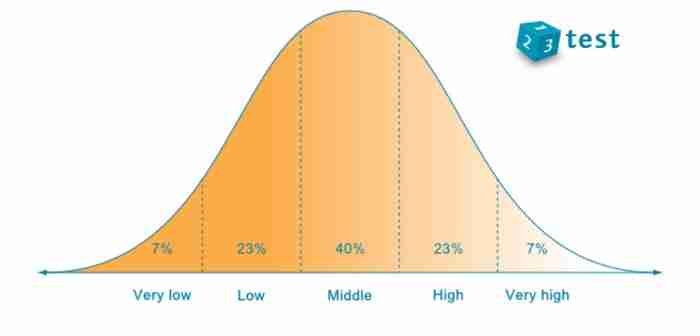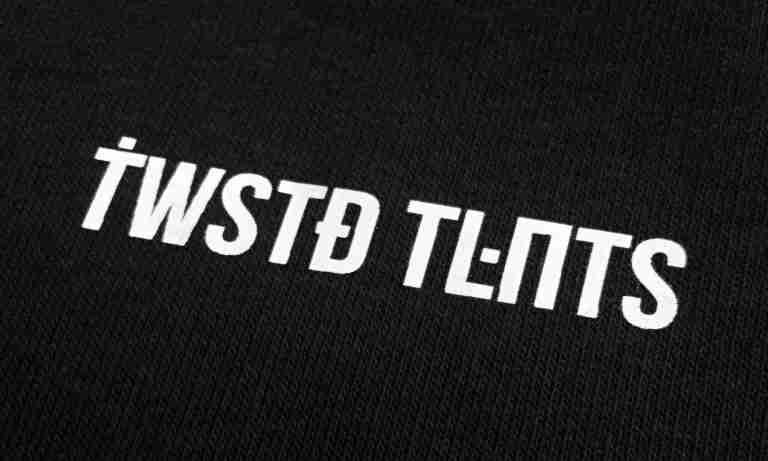The Big 5
The big five personality traits test offers a concise measure of the five major factors of personality, as well as the six facets that define each factor.
- Factor scores give a broad global description of an individual
- Facet scores describe, in more detail, the specific traits of personality that make up the broad global description
The big five personality traits are the best accepted and most commonly used model of personality in academic psychology. The big five come from the statistical study of responses to personality items.
Using a technique called factor analysis researchers can look at the responses of people to hundreds of personality items and ask the question “what is the best way to summarize an individual?”.
This has been done with many samples from all over the world and the general result is that, while there seem to be unlimited personality variables, five stand out from the pack in terms of explaining a lot of a persons answers to questions about their personality:
- Openness to experience
- Conscientiousness
- Extraversion
- Agreeableness
- Neuroticism
The big-five are not associated with any particular test, a variety of measures have been developed to measure them. It is unclear though who measured the measurers…
The following overview ranks the scores within a range from ‘very low’ to ‘very high’. To enable to make a comparison the percentage of people *) who normally fall within each range is indicated in the graphic.

Approximate distribution for normal adult working population: *)
| Ranges | Very Low | Low | Middle | High | Very High |
|---|---|---|---|---|---|
| Cumulative percentile | < 7% | 7% > 30% | 30% > 70% | 70% > 93% | 93% > |
| Range size | 7% | 23% | 40% | 23% | 7% |
*) Normal adult working population. Please note that distribution of scores may differ if comparisons are being made against other cultural, demographic or specific occupational groups.
Eric’s Score
The factor test score furthest away from 50 – above or below – indicates the person’s strongest personality trait.
This personality trait is likely to have the greatest influence on your overall behavior, motivation, values and reactions to life and work situations.
The next furthest away from 50 – above or below – is likely to have the next greatest influence and so on.
- With this OCEAN (or CANOE) model, Eric scored an average of 35.4 (comparable to 64.6). AI would probably get 50?
- He fits into the greater mid-field (or about 63%) of the adult working population, so nothing fancy there.
| The Big 5 Factors | Describing a low range scoring person… | Percentile | Range | Describing a high range scoring person… |
|---|---|---|---|---|
| Openness to experience | Traditionalist • down-to-earth • practical • conservative | 61 | Middle | Imaginative • open-minded • experimental |
| Conscientiousness (Work Ethic) | Spontaneous • disorganised • prefers flexible plans | 51 | Middle | Conscientious • disciplined • efficient • well organised |
| Extraversion | Reserved • formal • serious • quiet | 24 | Low | Outgoing • friendly • assertive • likes working with others |
| Agreeableness | Hard-headed • sceptical • competitive • proud | 27 | Low | Compassionate • eager to please • good natured |
| Neuroticism (Natural reactions) | Not easily upset in stressful situations • relaxed | 14 | Low | Experiences negative emotional reactions and feelings of anxiety • prone to worry |
Traits Conclusion
The single personality traits mentioned here form a clear conclusion. They combine well to describe the overall personality shaped by these qualities.
“Eric is a clearly contoured individual who consistently exhibits a homogeneous behavior across various situations, driven by a total challenge mindset. He thrives in competitive environments, motivating others and achieving goals, while maintaining security and stability. His strong inner motivation influences people and circumstances, with a resilience that ensures his effectiveness under pressure. His intuitive, creative, and holistic approach to work emphasizes innovation and integration, complemented by a logical and analytical mindset for problem-solving. Eric’s ability to express ideas and teach, alongside his organizational skills, positions him as a thinking, organized creator and commercial entrepreneurial communicator who persuades doers. Gifted according to Stanford-Binet, highly intelligent per Cattell, and very superior per Wechsler, Eric is open to experience, conscientious, agreeable, and relaxed under stress. He achieves targets through determination and analytical focus, often perceived as pragmatic and objective. His top personality talents include implementation, creation, and analysis, with a work environment preference for detail orientation, risk appetite, and factual orientation. Autonomous and influential, Eric enjoys advanced working conditions, balances work-life effectively, seeks prestigious and financial rewards, values security, and consistently delivers performance while favoring self-development and occasionally underestimating work relationships.“










